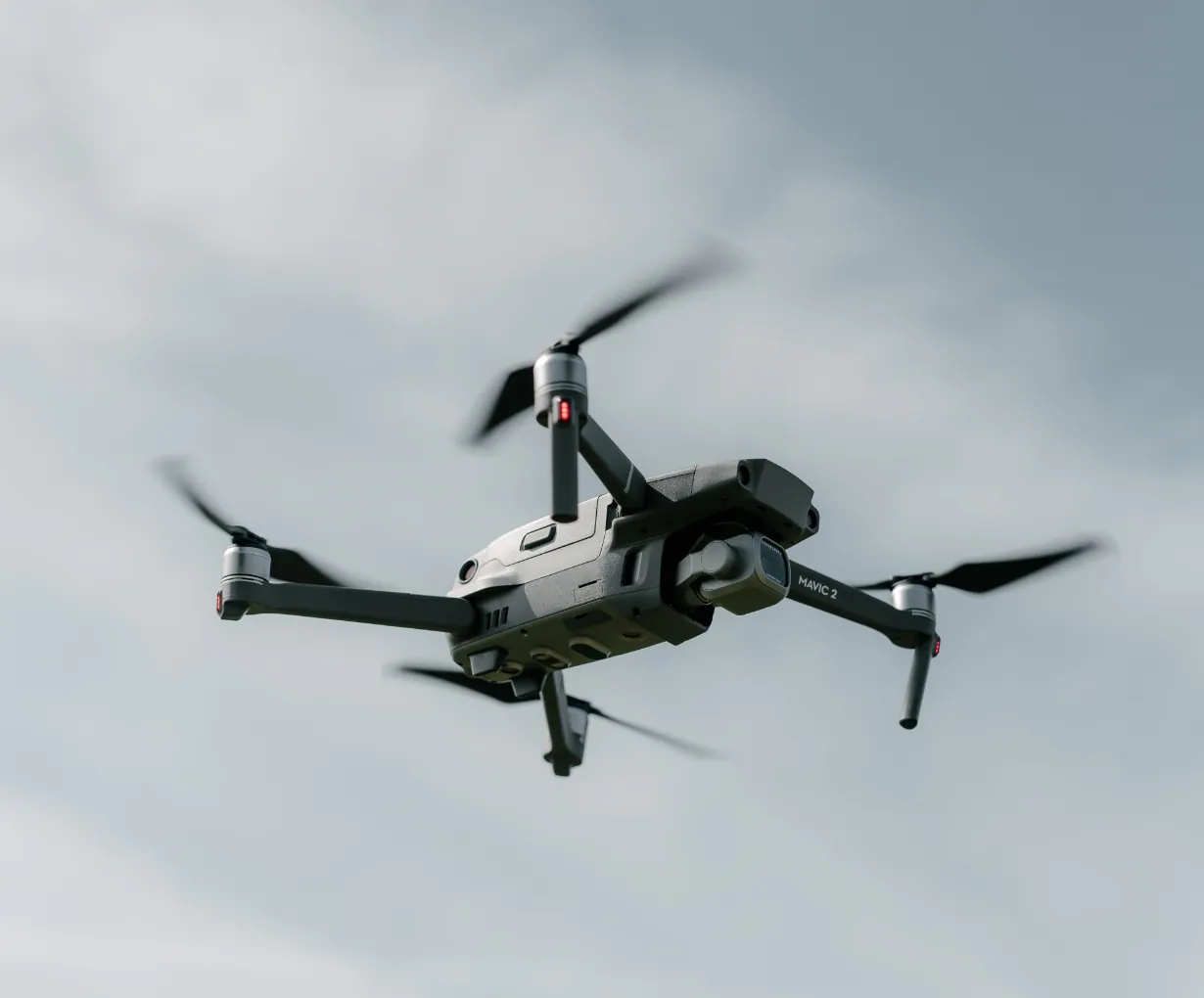Drones, once thought of as futuristic gadgets, have now firmly established themselves as essential tools across industries, hobbies, and even daily life. In 2025, drones are no longer just flying cameras for hobbyists—they’ve evolved into smart, agile, and incredibly powerful aerial systems used for everything from photography and videography to delivery services, farming, security, and environmental monitoring. Thanks to advancements in GPS, AI navigation, and obstacle detection, modern drones can fly autonomously, track moving subjects, follow pre-programmed routes, and even return to their launch point with precision. Drones are equipped with 4K and even 8K cameras, mechanical gimbals for stabilized footage, and intelligent flight modes such as follow-me, orbit, and cinematic panning, making them a favorite tool among filmmakers, vloggers, and influencers. Brands like DJI, Autel Robotics, Parrot, and Skydio are leading the market with drones that offer longer battery life, extended range (up to 10–15 km), and higher payload capacities, allowing users to carry sensors, cameras, and even light packages.
In agriculture, drones are transforming the way farmers manage their crops by enabling precision farming—monitoring soil health, identifying disease outbreaks early, and distributing fertilizers or pesticides with pinpoint accuracy. In logistics, major companies are testing drone delivery services that promise to reduce traffic, lower emissions, and shorten delivery times dramatically. In emergency services, drones are being deployed in disaster zones for search and rescue missions, delivering medical supplies, or surveying dangerous terrain where human access is difficult. Law enforcement agencies use drones for crowd monitoring and surveillance with live-streaming capabilities that help ensure public safety. Even environmental organizations are using drones to monitor wildlife, detect illegal deforestation, and measure the impact of climate change on remote ecosystems. For enthusiasts, drones offer an immersive experience with FPV (First Person View) flying, where users wear goggles and pilot the drone in real-time from a bird’s-eye perspective—turning recreational flight into an adrenaline-filled sport.
The drone industry has also seen massive improvements in safety features like geo-fencing, automatic no-fly zone alerts, return-to-home protocols, and collision avoidance sensors that reduce the risk of crashes. Most drones today are foldable and portable, making them easy to carry in backpacks and ready to deploy in seconds. The software side is equally advanced, with mobile apps that let users edit footage instantly, map areas, and upload data to the cloud. Governments around the world have introduced drone regulations to manage airspace safely, but in most regions, recreational and commercial use is expanding with proper licensing and training. Battery life, which was once a limitation, has also improved significantly—with premium models offering 30–60 minutes of flight time on a single charge and swappable battery systems for extended use. With AI integration, future drones are expected to recognize objects, perform facial recognition, and interact with smart cities for tasks like traffic control and infrastructure inspection.
From breathtaking aerial photography to life-saving missions, drones have redefined what’s possible in the skies. They’re no longer niche gadgets; they’re part of a growing technological shift that blends automation, connectivity, and efficiency. Whether you’re a professional content creator, a tech-savvy farmer, a city planner, or just someone passionate about new tech, drones offer a window into the future of mobility and innovation. With every firmware update and new hardware release, drones are flying us closer to a world where the sky is no longer the limit—it’s just the beginning.
